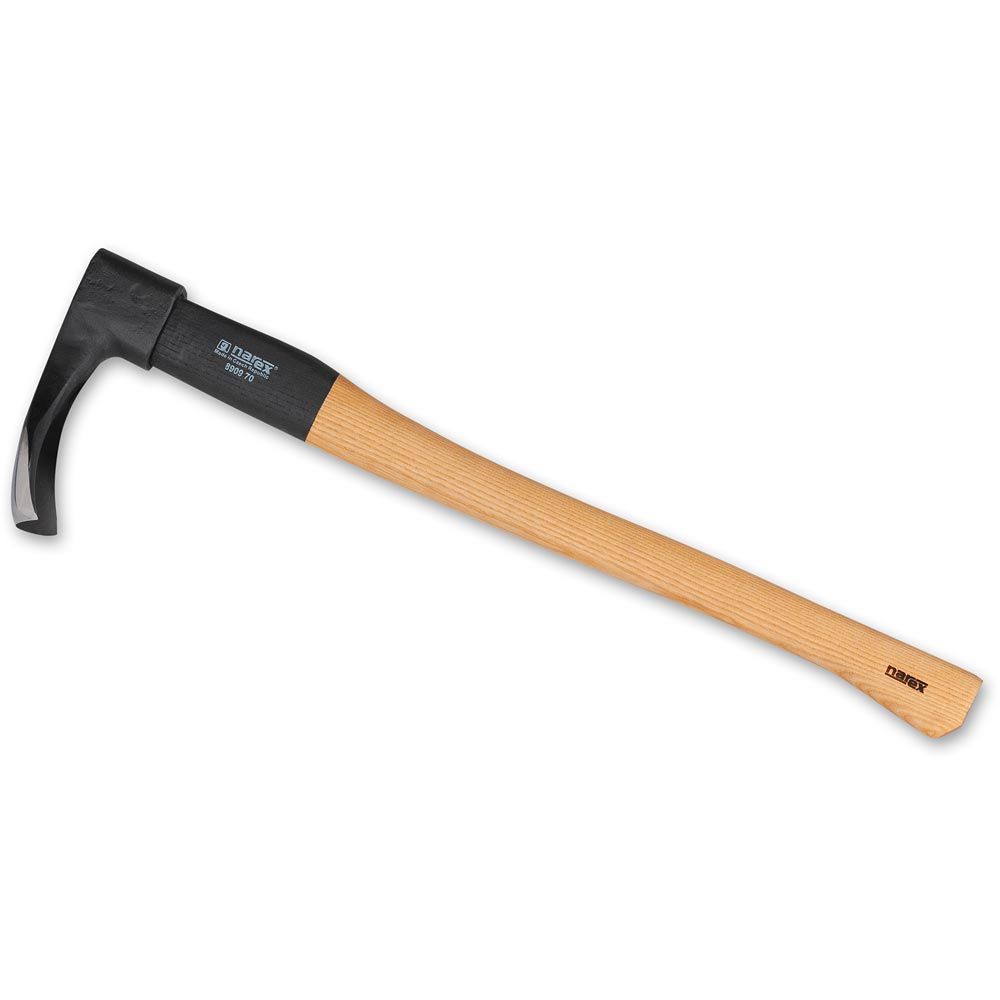Merge tracks that shouldn't have been split, or split tracks that should have. Delete undesired sections or extract detours as a separate track.
If you're planning an expedition, Adze allows you to plan the route and mark waypoints, check distances and view the proposed route on multiple maps before exporting the GPX data to a device.

Optimise tracks to remove redundant data, change item names and colors, edit GPX document metadata and prepare your documents for sharing.

Pfeil adzes & axes are forged from high-grade tool steel. The blades are hardened and sharpened and they have an Ash handle. The adze is used to hew posts and beams in traditional carpentry and today the adze is also used by sculptors, boatbuilders, and chairmakers. I make bowl adzes in two sizes the larger adze weighs about 24 ounces and has a shallower sweep than the smaller adze which weighs about 16 ounces. These are made similar to the axes above from mild steel with a forge welded cutting edge. An assortment of axes I. Forged Adze Hoe, Weeding Mattock Cutter, Pick Axe 15-Inch, One Piece Intact Drop Forged, Plastic Coated Fiberglass Handle, 1.5LB. 4.5 out of 5 stars. Get it as soon as Fri, Mar 5. FREE Shipping on orders over $25 shipped by Amazon. B Elegant Small Bearded Hatchet / Axe Combined With Curved Adze Blade by mapsyst. 4.8 out of 5 stars (11) Total Ratings 11, $73.77 New. OCHSENKOPF Curved Adze 70mm (2. The adze is a vampiric being in Ewe folklore. The Ewe are located in Togo and Ghana. In the wild, the adze takes the form of a firefly, though it will transform into human shape upon capture. When in human form, the adze has the power to possess humans. People, male or female, possessed by an adze are viewed as witches (Ewe: abasom).
Add, move or remove points graphically with the Edit Point tool, or use the points list to manually edit values.
Adze can identify areas where you stopped for a rest, lunch, or an overnight stay and automatically split your tracks at those locations.
Change item names or colors and give your GPX document a title, author or description.
Offset timestamps by a fixed amount, overwrite them in bulk or remove them completely.
View statistics about duration, speed, elevation and gradient for entire documents or selected sections.
View your documents on a road, topographic or satellite map directly within Adze or export to KML to view it in Google Earth™.
The adze is a vampiric being in Ewefolklore.[1] The Ewe are located in Togo and Ghana. In the wild, the adze takes the form of a firefly, though it will transform into human shape upon capture. When in human form, the adze has the power to possess humans.[1]
People, male or female, possessed by an adze are viewed as witches[1] (Ewe: abasom). The adze's influence would negatively affect the people who lived around their host. A person is suspected of being possessed in a variety of situations, including: women with brothers (especially if their brother's children fared better than their own), old people (if the young suddenly started dying and the old stayed alive) and the poor (if they envied the rich). The adze's effects are generally felt by the possessed victim's family or those of whom the victim is jealous.[1]
In firefly form, the adze would pass through closed doors at night and suck blood from people as they slept. The victim would fall sick and die. Tales of the creature and its effects were probably an attempt to describe the potentially deadly effects of mosquitoes and malaria.[1] There is no defense against an adze.[1]
See also[edit]
References[edit]
- ^ abcdefBunson, Matthew (1993). The Vampire Encyclopedia. London: Thames & Hudson Ltd. p. 2. ISBN0-500-27748-6.
Further reading[edit]
Adzenys Xr-odt
- Arens, William, The Man-Eating Myth: Anthropology and Anthropophagy, Oxford University Press, 1979.
- Blood Read: The Vampire as Metaphor in Contemporary Culture, edited by Joan Gordon and Veronica Hollinger. Foreword by Brian Aldiss. University of Pennsylvania Press, 1997.
- Guiley, Rosemary Ellen, The Encyclopedia of Vampires, Werewolves, and Other Monsters, Checkmark Books, 2004.
Adzenys Abuse
